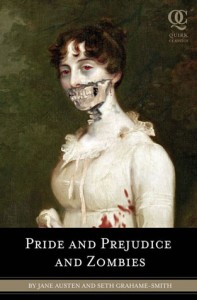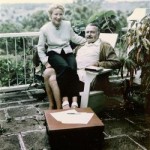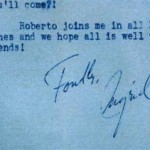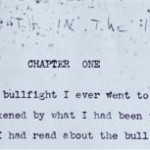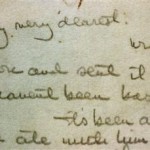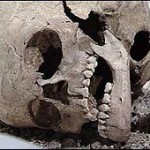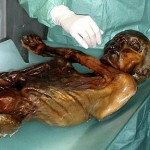 Otzi, the mummy found frozen in the Tirolean alps, continues to reveal new and exciting things about how he lived and died. The latest research suggests that he was cut in a fight a few days before he died, and that he might have fought his assassins like a badger before he died.
Otzi, the mummy found frozen in the Tirolean alps, continues to reveal new and exciting things about how he lived and died. The latest research suggests that he was cut in a fight a few days before he died, and that he might have fought his assassins like a badger before he died.
A fresh examination on the Iceman’s body shows a hand injury that ”may have been the result of a brawl,” says the study by Munich’s Ludwig Maximilian University and Italy’s Oetzi experts.
The researchers also took another look at the arrows found with the Iceman’s body and saw that they hadn’t been sharpened properly, ”a likely sign that he had to leave his village in a hurry and was unable to defend himself”.
After he climbed up to the 3,200m spot where his frozen and mummified body was found, they said, he received a mortal arrow shot in the back before being hit ”with a blunt object, probably a rock or a stick”.
The final blow left a bruise which has only now been found not far from the arrow wound, they said.
It seems he died quickly after the arrow hit an artery, so the previous theory that he was shot in the valley and then fled up the glacier is no longer the likeliest scenario.
One possibility is that he was a tribal chieftain set upon by multiple assassins.
Evidence indicates that he flailed around in his death throes and even managed to wound his assailants, Austrian scientists have claimed.
After the ambush, the conspirators left his distinctive weapons with his body so that they would not be found out when they returned to the Iceman’s home village.
There might have been a ritual component to his death, or he may have been banished for having a low sperm count. That last one seems a tad contrived to me, like they found his swimmers lacking and thought of a way that could be linked to his death.
Anyway, it’s neat that they keep finding new pieces of the puzzle even after studying him so closely for almost 20 years.
